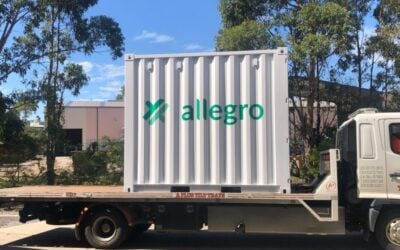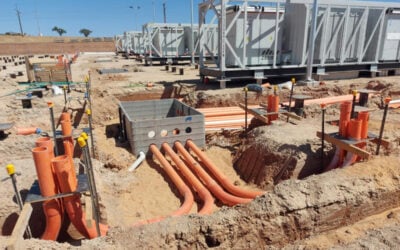Electric vehicles such as the Tesla Model S will be the fastest growing source of demand for energy storage between now and 2020. Image: Tesla Motors.
A boom in the use of electric vehicles will help push the energy storage market to US$50 billion by 2020, a study by Lux Research has concluded.
Demand for storage technologies in transportation applications will grow faster than for consumer electronics, becoming a US$21 billion market by 2020.
Enjoy 12 months of exclusive analysis
- Regular insight and analysis of the industry’s biggest developments
- In-depth interviews with the industry’s leading figures
- Annual digital subscription to the PV Tech Power journal
- Discounts on Solar Media’s portfolio of events, in-person and virtual
Electronics will remain the largest single market for storage in 2020, however, at US$27 billion, found the Lux report entitled ‘Finding Growth Opportunities in the $50 Billion Energy Storage Market’.
“The automotive market is well on its way to displacing consumer electronics as the biggest user of energy storage. As that happens, it will lead to further scale and a new round of cost reductions, which will impact stationary applications as well,” said Cosmin Laslau, Lux Research analyst and the lead author of the report.
In transportation, Lux said electric vehicles represented the biggest opportunity. Even modest sales of 440,000 units represent US$6.3 billion of energy storage use.
The US will initially be the biggest customer for EV storage technologies, before China takes over as subsidies in the US dwindle.
In consumer electronics, smartphones will remain the strongest market, growing 12% CAGR by 2020 to reach US$8.4 billion.
Meanwhile, the market for stationary applications, including residential solar, will be worth US$2.8 billion by 2020, Lux said.
The report identified solar integration as the biggest opportunity for the stationary segment, with forecasts suggesting it will grow from US$0.1 billion to US$1.2 billion by 2020. This will be a consequence of what the report said was “robust” downstream industry and strong policies encouraging solar storage emerging in countries such as Germany and the US.






